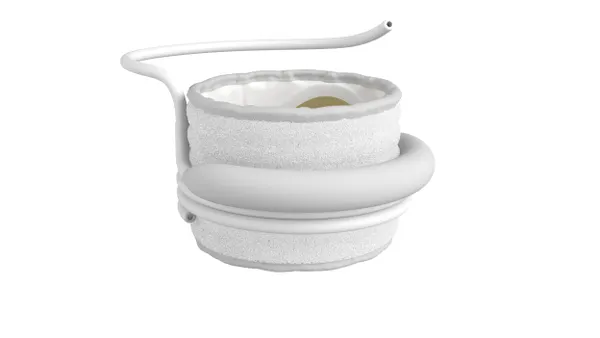Dive Brief:
-
FDA has released draft guidance on performing mouse embryo assays (MEAs) to support premarket submissions and lot release of assisted reproduction technology devices, such as in vitro fertilization.
-
Most ART devices come into direct contact with sperm or embryos during their use, making it necessary to assess their potential for embryotoxicity.
-
The draft guidance details how developers and manufacturers of ART devices can perform MEAs to assess embryotoxicity.
Dive Insight:
Eight of the ART devices covered by federal regulations list MEA among the Class II special controls that FDA imposes to ensure safety and effectiveness. The devices include needles, catheters and lab ware used to obtain gametes from the body, prepare, store and manipulate them and introduce the resulting embryo back into the body.
As the devices come into contact with gametes and embryos, embryotoxicity must be checked using MEAs as part of premarket submissions and lot release. However, there are no voluntary consensus standards detailing how to perform the assay.
To fill the gap, FDA has created draft guidance on the topic. The draft states that FDA accepts both one and two-cell systems for assessing embryotoxicity. Some MEAs assess blastocyst development from one-cell staged embryos, whereas others use two-cell staged embryos.
Regardless of the system chosen, FDA expects companies to perform MEA on ART devices in their final finished form, for example aseptically-filtered media in its final packaging. FDA recommends the assay is performed on three individual products in each test given the potential for device-to-device variability. The number of devices tested "should be sufficient to ensure robust evaluation."
When filing a premarket submission, FDA expects companies to test devices from one lot when they are first manufactured and at the end of their proposed shelf life. Testing at the two time extremes mitigates the risk that stability changes will lead to increased embryotoxicity.
Other sections of the guideline walk through the procedure itself, from the selection of lab ware to the evaluation of embryo development, and describe what information to include in the test report. FDA recommends manufacturers state the MEA acceptance criteria on the package and vial labels.
"The FDA also proposes that assisted reproduction technology devices tested with the mouse embryo assay should provide labeling that includes the acceptance criterion, such as numerical limits, ranges or other criteria used for the test," FDA said in a press release.
FDA is accepting feedback on the draft guidance for 60 days.












